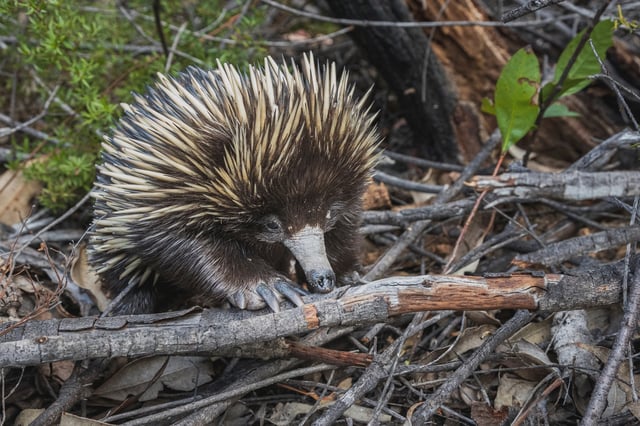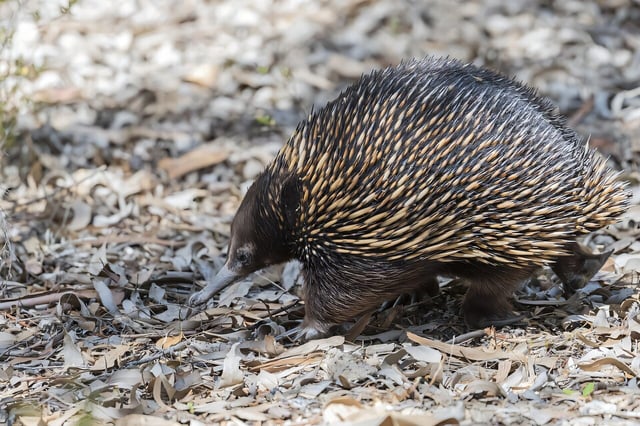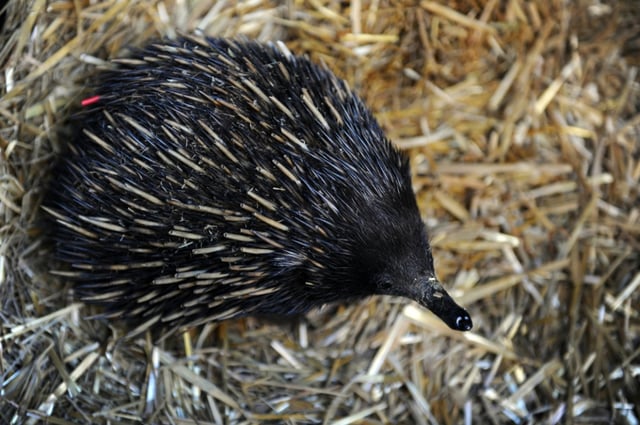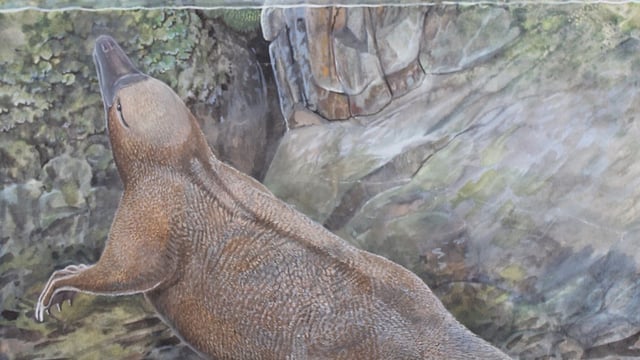Overview
- A 108-million-year-old humerus fossil from Kryoryctes cadburyi shows dense, platypus-like bone microstructure, indicating a semi-aquatic lifestyle.
- This discovery overturns the long-held view that monotremes evolved from terrestrial ancestors, suggesting a water-dwelling common ancestor for echidnas and platypuses.
- Echidnas represent a rare evolutionary reversal among mammals, transitioning from a semi-aquatic to a terrestrial lifestyle over time.
- Modern echidnas retain traits hinting at their aquatic ancestry, including electroreceptive beaks, backward-turned hind feet, and elevated myoglobin levels for oxygen storage.
- Researchers plan further studies using advanced imaging techniques and new fossil excavations at Lightning Ridge, NSW, to better understand monotreme evolution.



